NATALIE PURSCHWITZ
Ai Ikebana, 2021
animation made using GAN (Ai open source software)
2 minutes
Kamloops Art Gallery
Library window facing Victoria Street
Natalie Purschwitz draws on modes of making that include collecting, accumulating, arranging, editing, and transforming materials. Her work explores the ways that landscapes are shaped by humans and non-humans through systems of organization, networks of support, and ruptures within these systems.
Drawing on her experience growing up in a small town in the Canadian Rockies and an interest in her mixed European and Japanese heritage, Purschwitz’s recent work explores the concept of “weeds” or invasive species non-native to this region. Her research thinks through the global movement of plants as an effect and record of colonization and settlement. Ai Ikebana is a hybrid work that fuses Japanese cultural tradition with modern technology by using open-source artificial intelligence software. It reflects Purschwitz’s interest in the cultural use of plants as a mapping mechanism and speaks to broader questions of belonging and home, and the diasporic experience of being from neither here nor there. At play is the notion of existing but being “artificial.”
Purschwitz’s experimentation with artificial intelligence as an art-making tool was part of her material explorations for the 2022 exhibition Overflow Chart, which accumulated and arranged natural and manufactured materials through typological likeness. While Overflow Chart explored the alchemical manipulation of elements (fire, water, air, earth) at various stages, Ai Ikebana experiments with digital metamorphosis. Selected traces of various materials, matter, and form are offered to an artificial intelligence algorithm to discern and reproduce alternative configurations. Colours and shapes blend and fold into each other in a constant loop, reminiscent of a live painting.
By reconfiguring everyday objects and elemental substances, Purschwitz’s work creates conditions for material events. In Ai Ikebana, she plays with the ancient Japanese tradition of Ikebana flower arranging by digitally transforming floral imagery on the vase itself. The name of this centuries-old practice translates roughly as “making flowers come alive.” The careful selection of blossoms, greenery, and other flora are arranged to convey a specific feeling to the observer–just as a painting or sculpture might.
Artist Biography
Natalie Purschwitz is an artist and designer living and working on the traditional, ancestral and unceded territories of xʷməθkʷəy̓əm (Musqueam), Sḵwx̱wú7mesh Úxwumixw, and səlilwətaɬ Nations (also known as Vancouver, Canada). Thinking about Earth as a complexity of materials, a location, a temporal range, a perspective, an intelligence, a system within systems, a geometric configuration, an embodiment of motion, and a life-supporting loam has become the primary substance of her research. She draws from personal experience, daily practice and observation, and theoretical discourse to coax out relational clusters of meaning, correspondences, and visual strands to form a matrix of interconnected nodes. Purschwitz has shown her work nationally and internationally at the Vancouver Art Gallery, The Polygon Gallery, Plug In Institute of Contemporary Art, the Japanese Canadian National Museum, the McMichael Canadian Art Collection, the Prince Takamato Gallery, Tokyo, Japan; Canada House, London, UK; and AGX Galerie, Tehran, Iran.
A D D I T I O N A L R E S O U R C E S
Natalie Purschwitz
Ai Ikebana, 2021
animation made using GAN (Ai open source software)
2 minutes
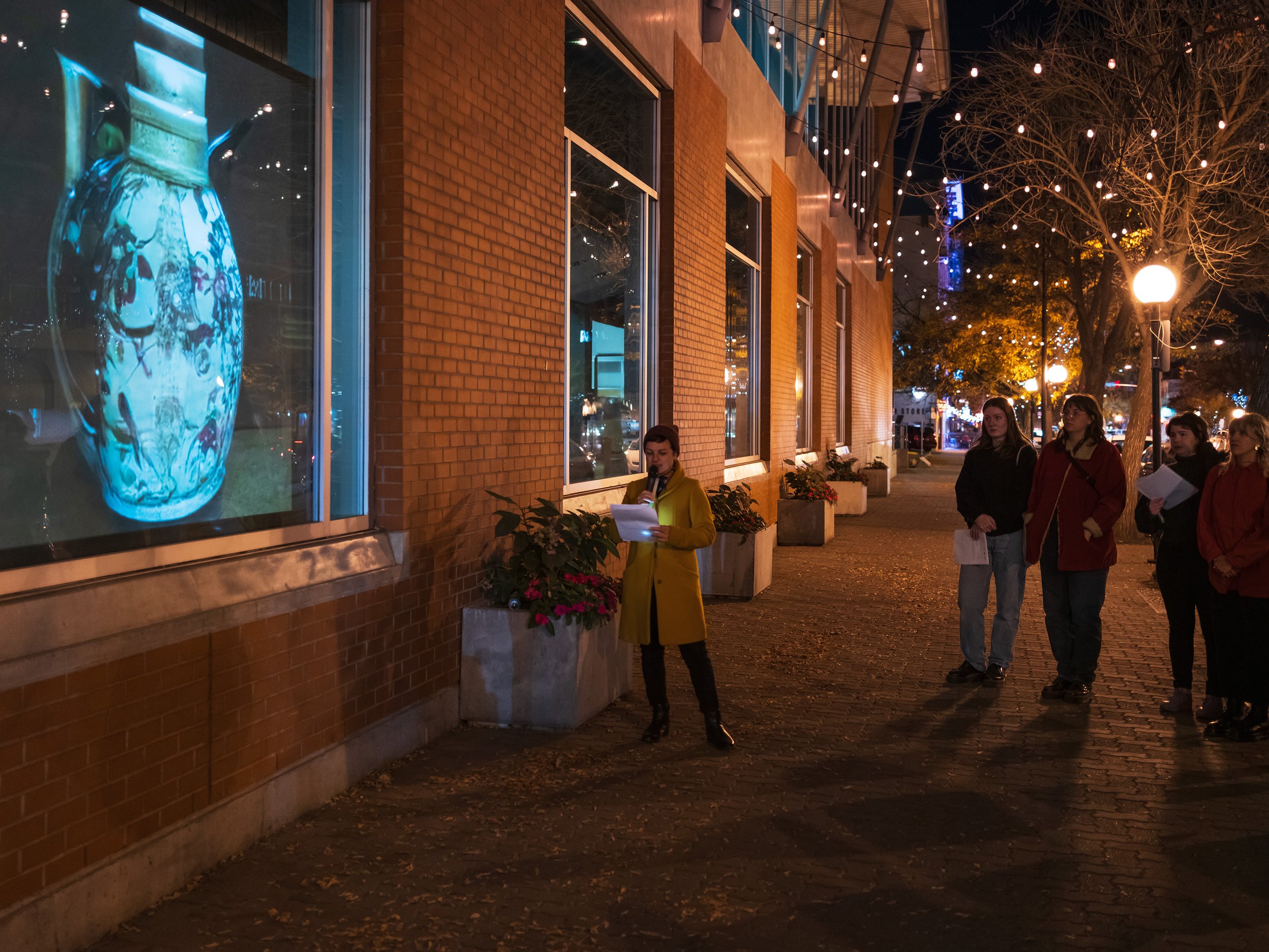


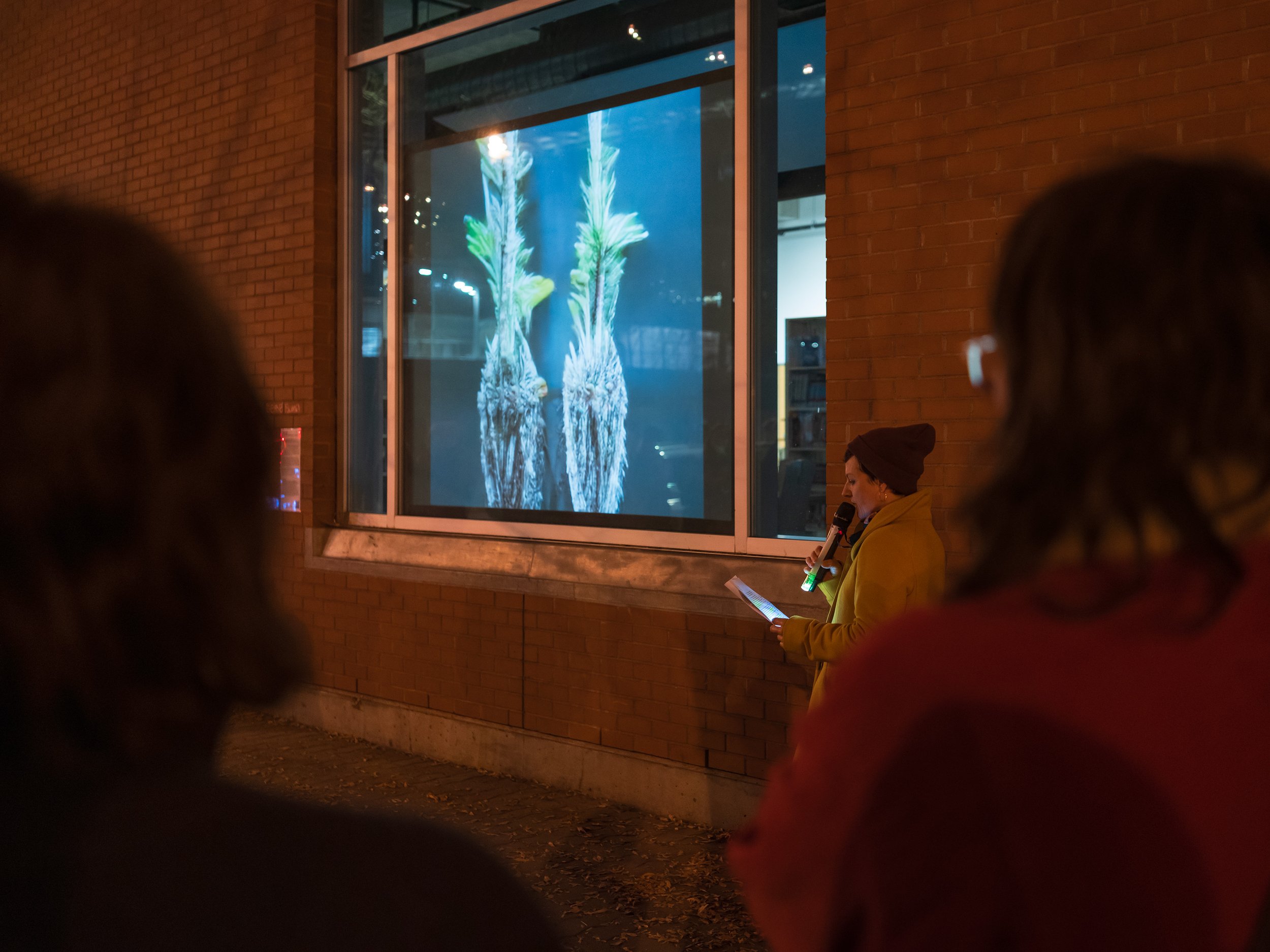
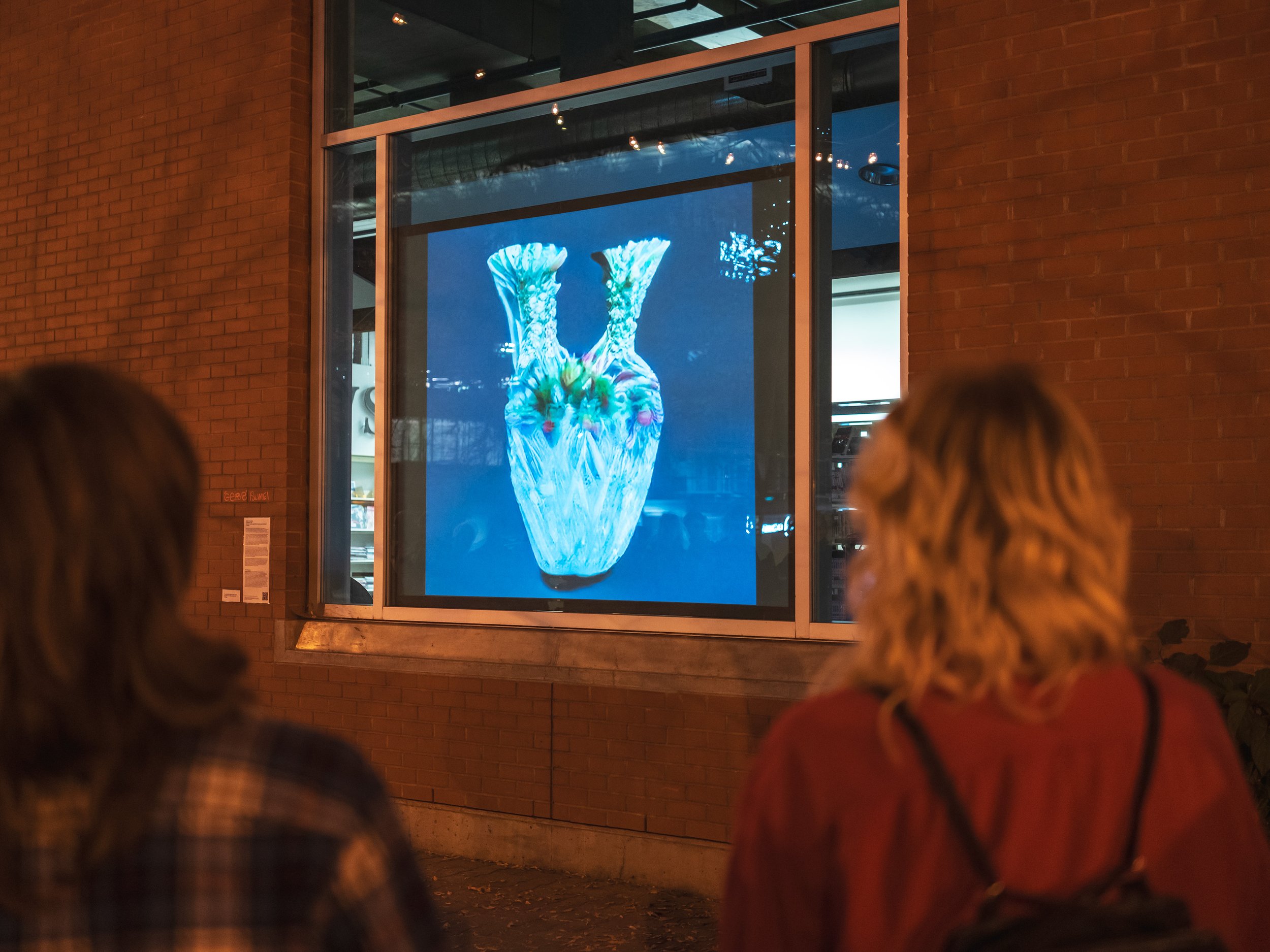
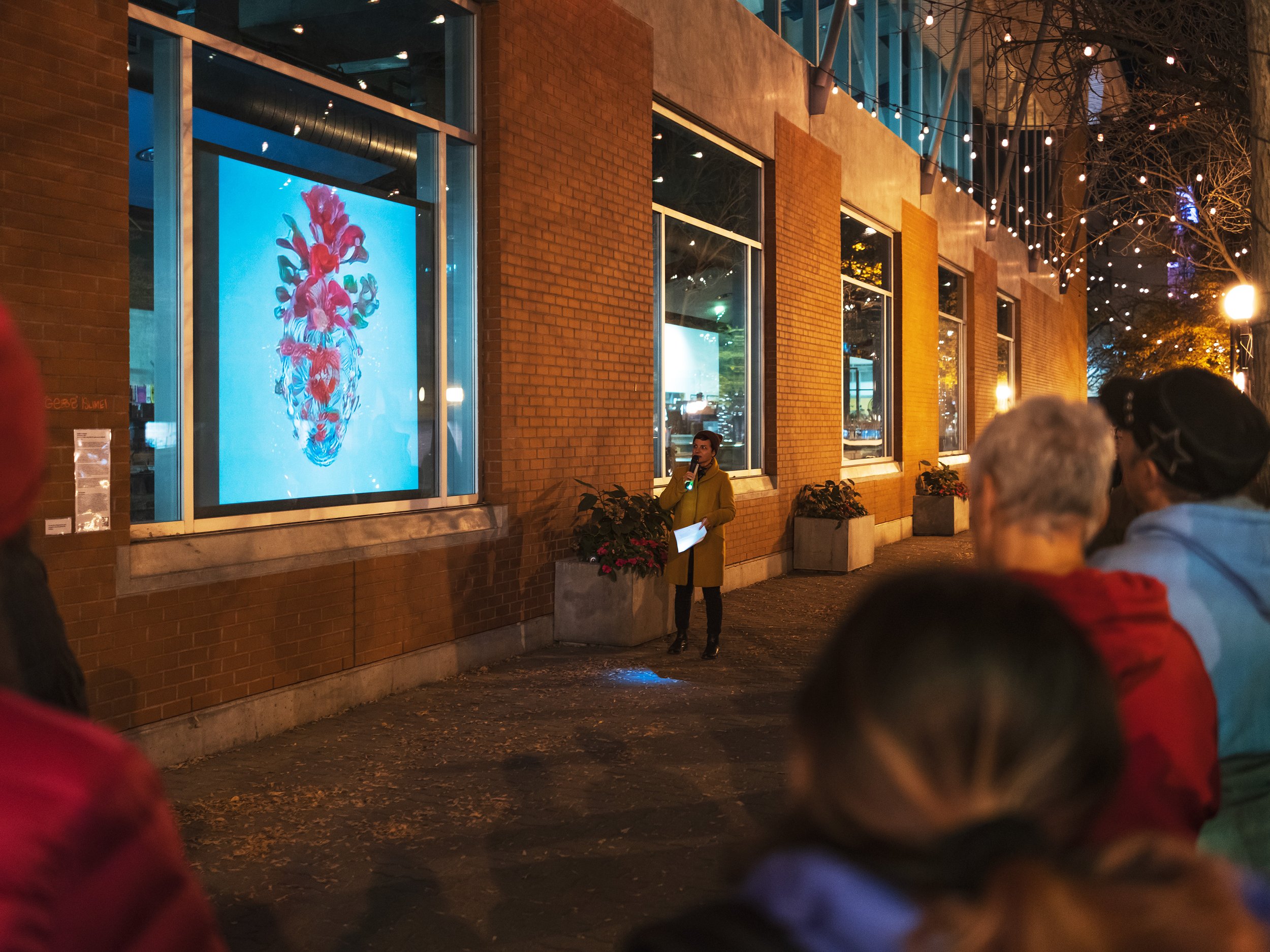
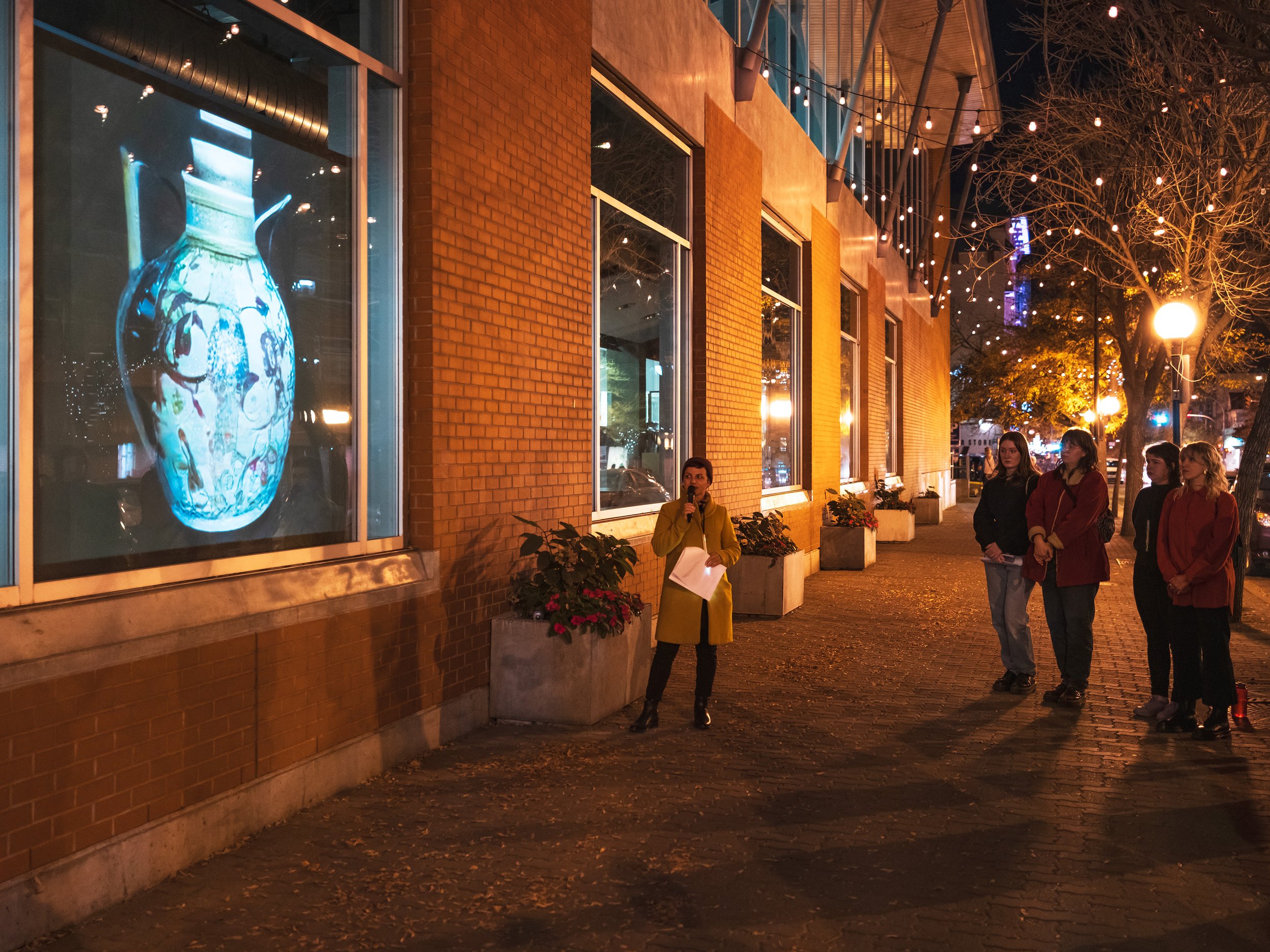
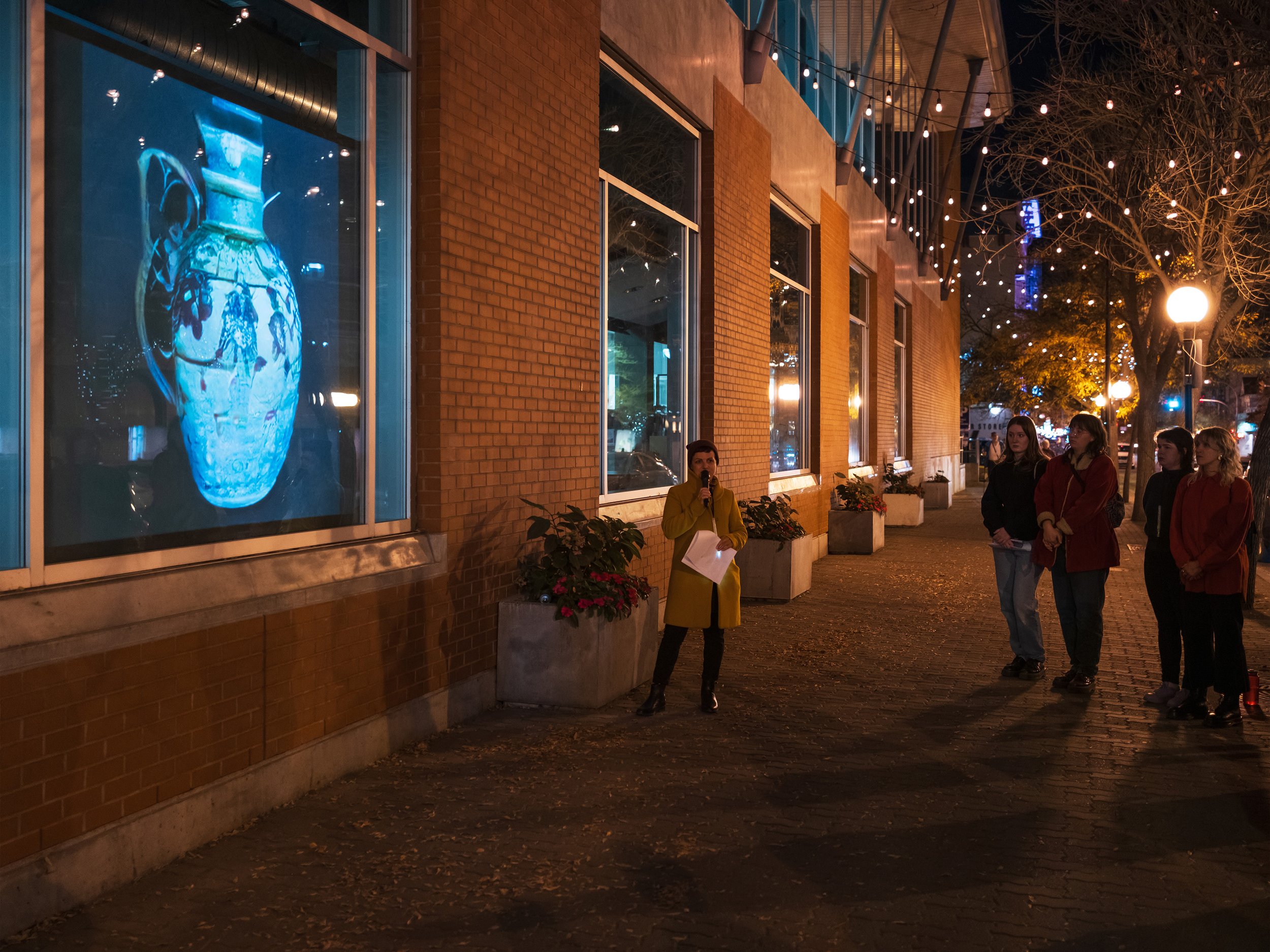
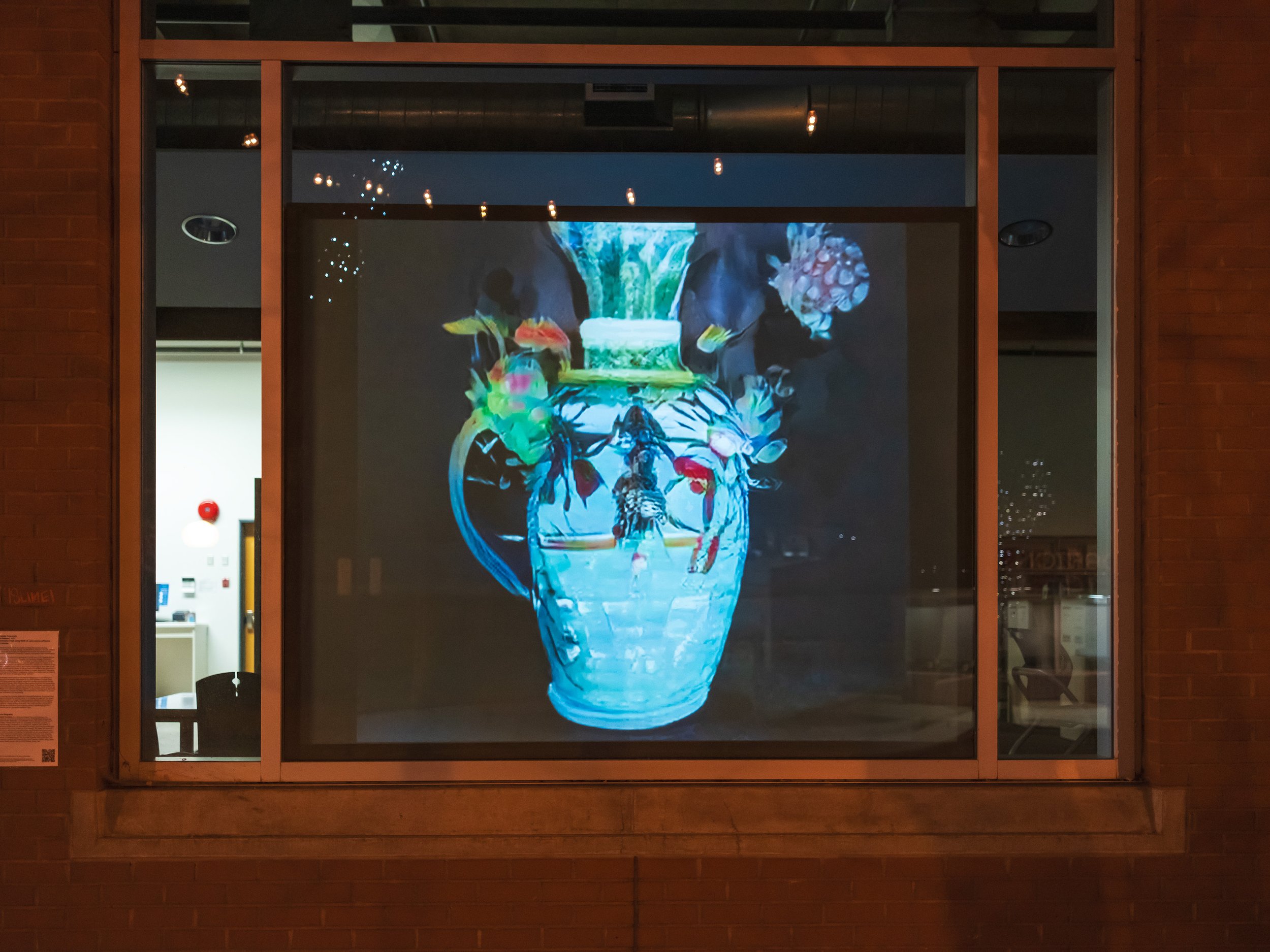
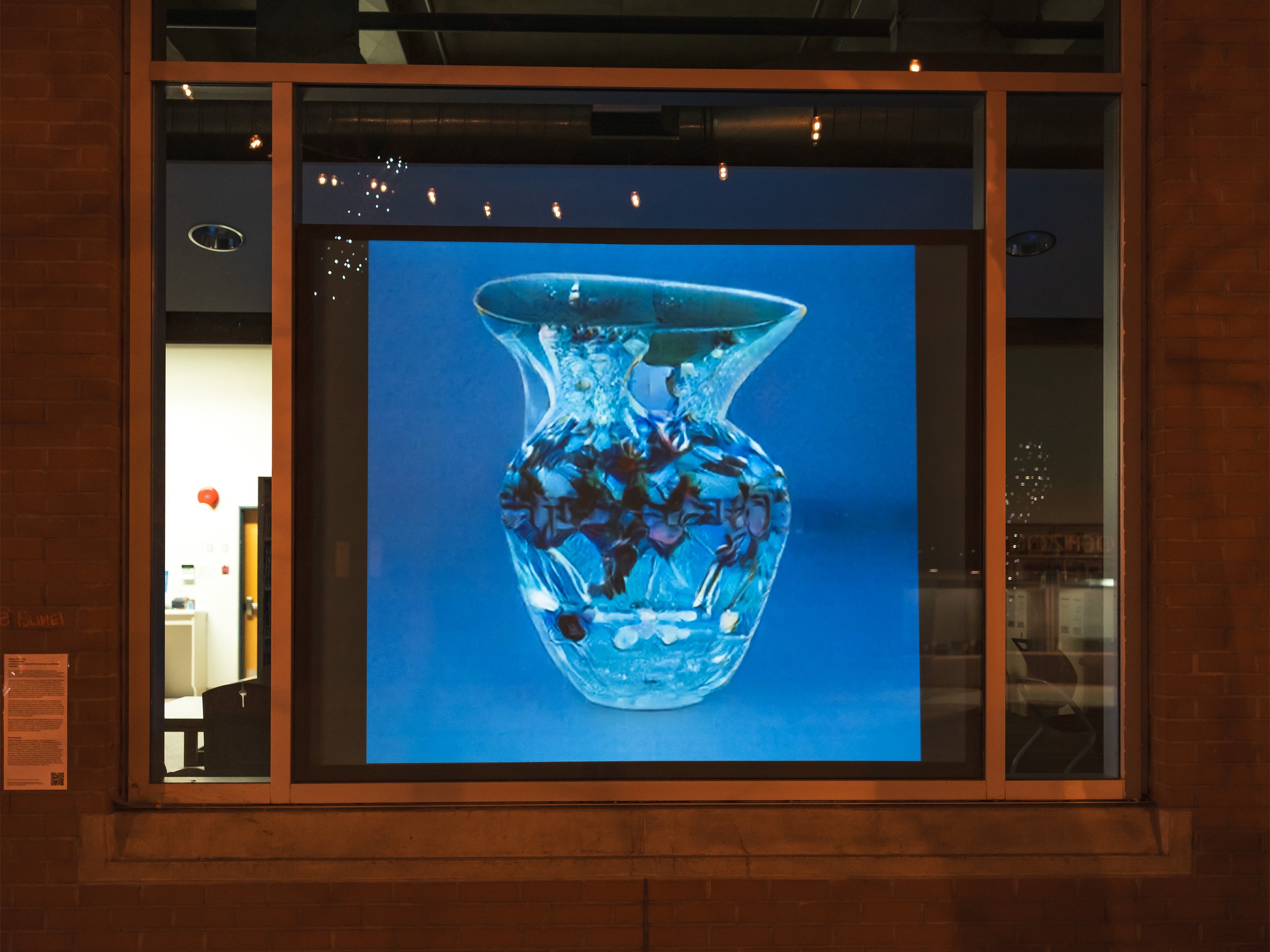
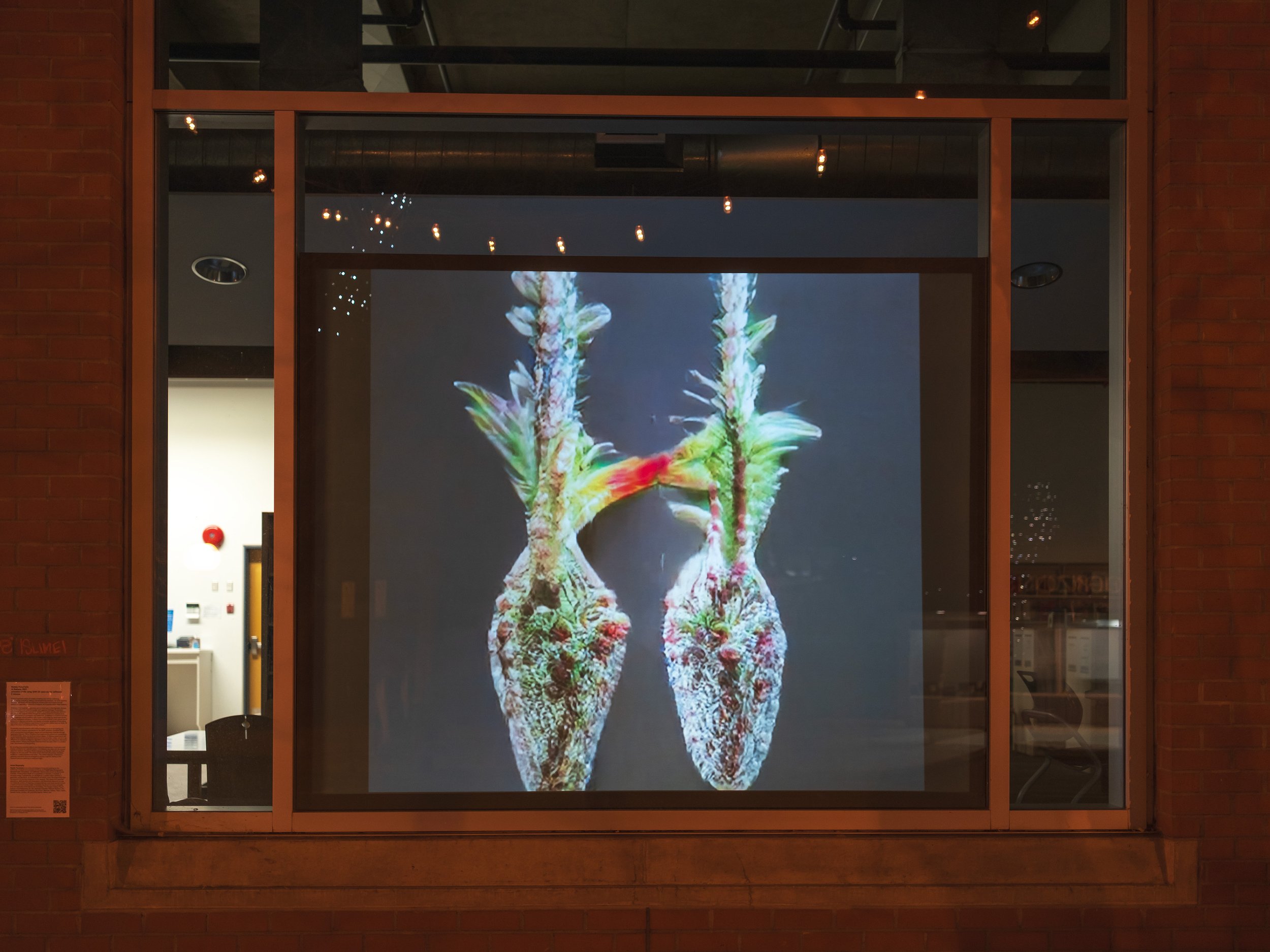
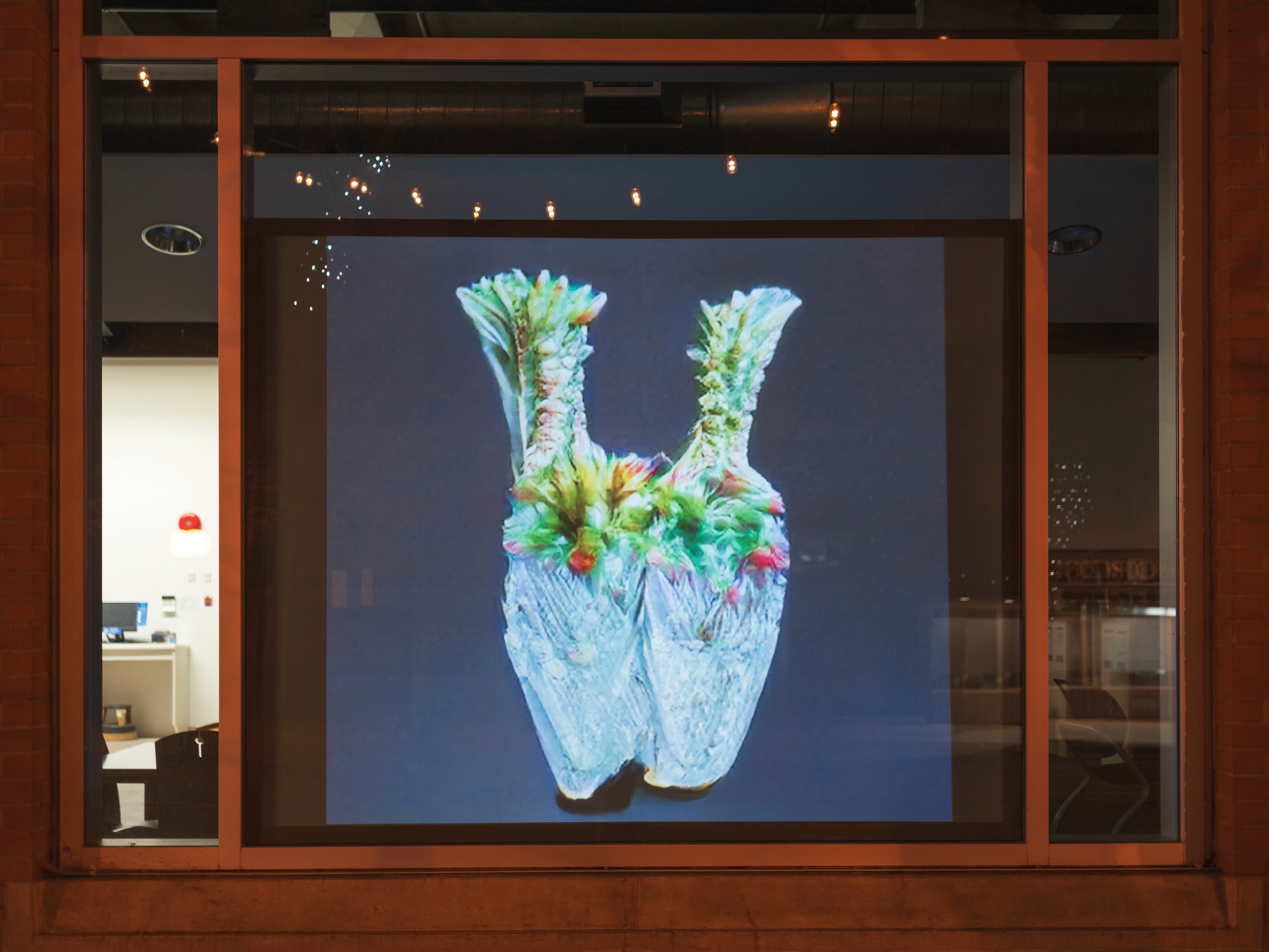
Photos: Frank Luca, 2023

